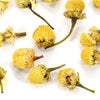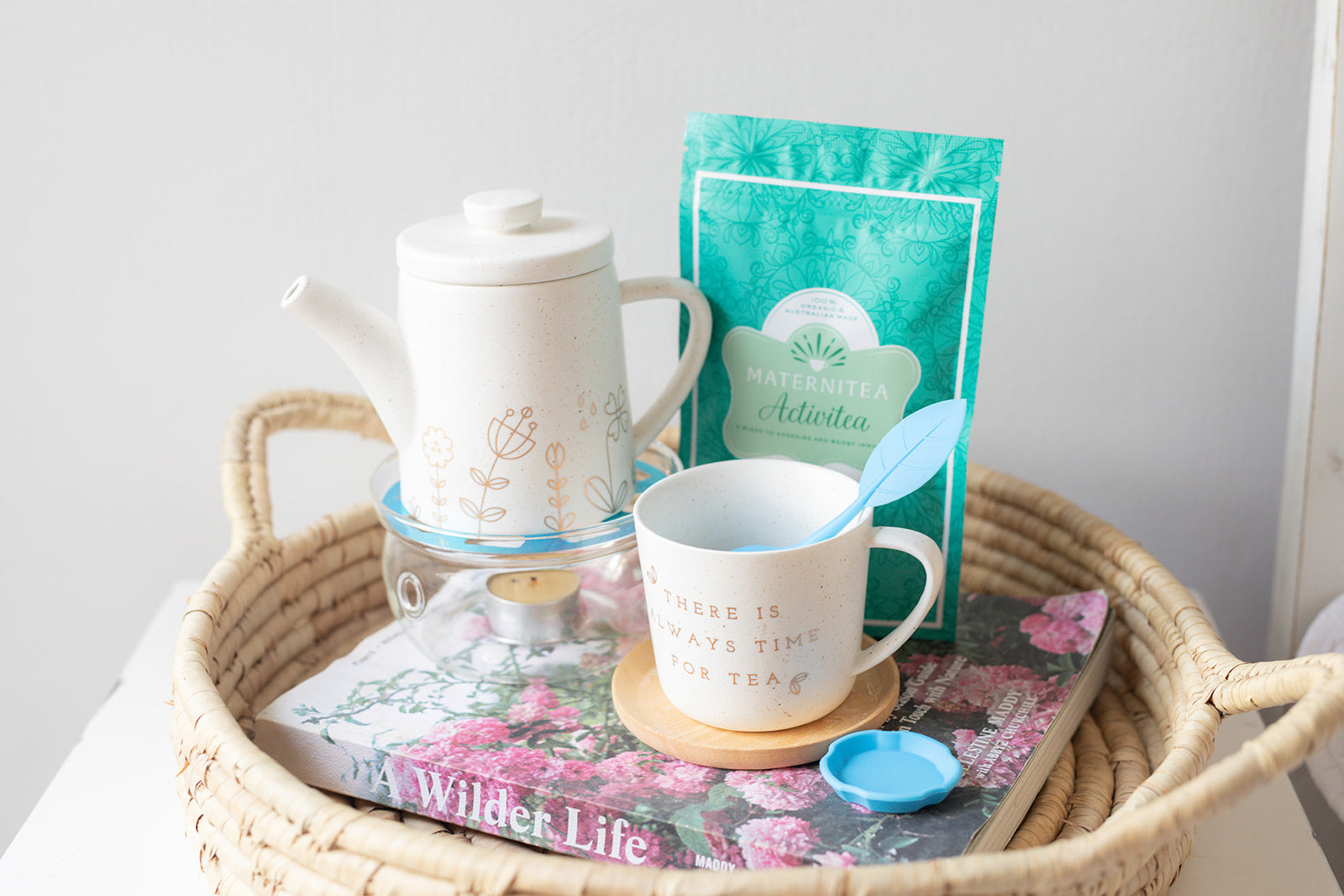Will I Tear During Childbirth?

OUCH!!! Just saying it out loud can bring water to the eyes. But knowing why women tear and what can be done to help prevent it can provide some reassurance and confidence going into labour.
Around 85 per cent of women will experience some form of perineal injury during natural childbirth. The tears are graded according to the amount of trauma they cause.
A FIRST-DEGREE TEAR
This is a superficial wound to your vagina which damages only a small area of the vaginas skin and fat layer. This usually won’t require any stitching.
A SECOND-DEGREE TEAR
This tear is deeper which actually extends down into the muscle of your perineum. It usually will require stitching, which is usually done while you are blissfully enjoying holding your baby for the first time. You may require some pain medication over a few days following the birth.
A THIRD-DEGREE TEAR
This extends to the anal sphincter and causes significant damage. This type of tear will be required to be repaired by your obstetrician in theatre, usually under anaesthesia or an epidural. The wound can take several weeks to heal and you may experience some incontinence whilst your body heals and knits back together. This is usually only temporary, however.
A FOURTH-DEGREE TEAR
This is extremely uncommon especially in a controlled hospital setting but occurs when the tear extends not only into the anal sphincter but also the muscular wall of the anal canal. This will require surgery and most likely a physiotherapist post birth to help you strengthen any damaged muscles. Like a third degree tear you may experience incontinence whilst everything is healing.
HOW TO HELP PREVENT TEARING
Here’s our top six ways to help reduce the risk or severity of perineal tearing:
- It’s important to listen to your midwife or obstetrician around when to push and when not to. This is how you can help control your baby's exit and reduce the risk of perineal tearing.
- During pregnancy its recommended to practice 5 mins a day of perineum massage, gently stretching the area over time to help it become more flexible and softer so that when you are giving birth the area is more pliable.
- A water birth can help the perineum to become more relaxed which can also reduce the severity of a tear.
- A device called an epi-no can be useful during pregnancy. It’s an inflatable balloon-like device that gets inserted into the vagina and helps to stretch the perineum in the lead up to birth. Doing this daily can help if you are uncomfortable or can’t get the hang of perineum massage.
- Hot/ warm wet towels pressed against the perineum when bub is being born can help soften the skin as it stretches and reduce pain.
- Your birthing position can also play a large role in reducing the likelihood of tearing. Research shows that if you are in a standing, squatting, kneeling or side lying position you are more likely to emerge with your perineum intact as opposed to lying on your back which reduces the size of your pelvis and doesn’t utilise the natural effects of gravity.
MaterniTea’s birth preparation blend – CapaciTea is recommended during the third trimester of pregnancy.
By helping to strengthen and tone your uterus in the lead up to childbirth, you can help your body to achieve more effective and efficient contractions. Its also wonderful for helping reduce post birth bleeding, fluid retention and swelling.
Recommended to drink 1 cup a day from 27 weeks and 3-4 cups a day from 35 weeks of pregnancy. Give your body the support it deserves to help you through the challenges of labour and post birth recovery.






